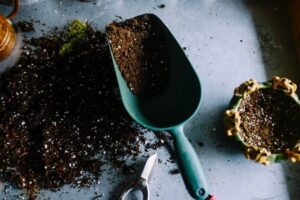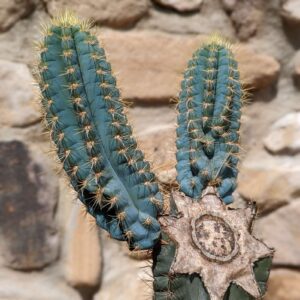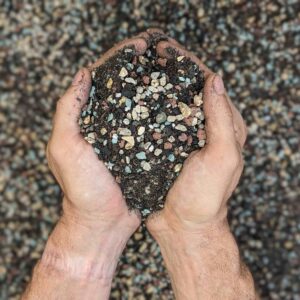More than just “they stop growing”.
Dormancy in cacti isn’t just a little winter nap. It’s an active physiological state shift that a cactus enters to survive what it perceives as an unproductive or hostile environment. And while it looks like nothing is happening, there’s a ton going on inside the plant, from metabolic throttling to internal water redistribution to hormonal rewiring.
Why cactus dormancy happens
Cacti don’t go dormant because it’s winter. They go dormant because environmental signals are telling them growing conditions suck. Those signals might include:
- Shorter day length (photoperiod);
- Decreased temperature (especially when it drops below ~10°C);
- A change in temperature amplitude (warm days + cold nights);
- Drier soil conditions;
- Reduced nutrient flow in the root zone.
And it’s not the same for every species. Some might only slow down slightly, pretty much all Trichocereus/Echinopsis are notable examples. While many others will pretty much shut themselves down until things shift.Also: some tropical epiphytic cacti (e.g. Schlumbergera) don’t go fully dormant. They respond more to dry periods and photoperiod, but their metabolism doesn’t shut down the way desert species do.
Not All Dormancy Is Equal: Routine vs. Stress-Induced
There’s a huge difference between a cactus entering routine dormancy (as part of its normal seasonal cycle) and one being pushed into a kind of nutrient or water-starvation-induced dormancy.
Routine Dormancy
This is the good kind. Think of it like a cactus checking the environmental signals and going, “Right. Time to shut down until it’s worth growing again.” It’s a normal part of the life cycle that happens in sync with seasonal changes (cooler temps, less light, etc.), doesn’t damage the plant and is easily reversible when spring rolls around.
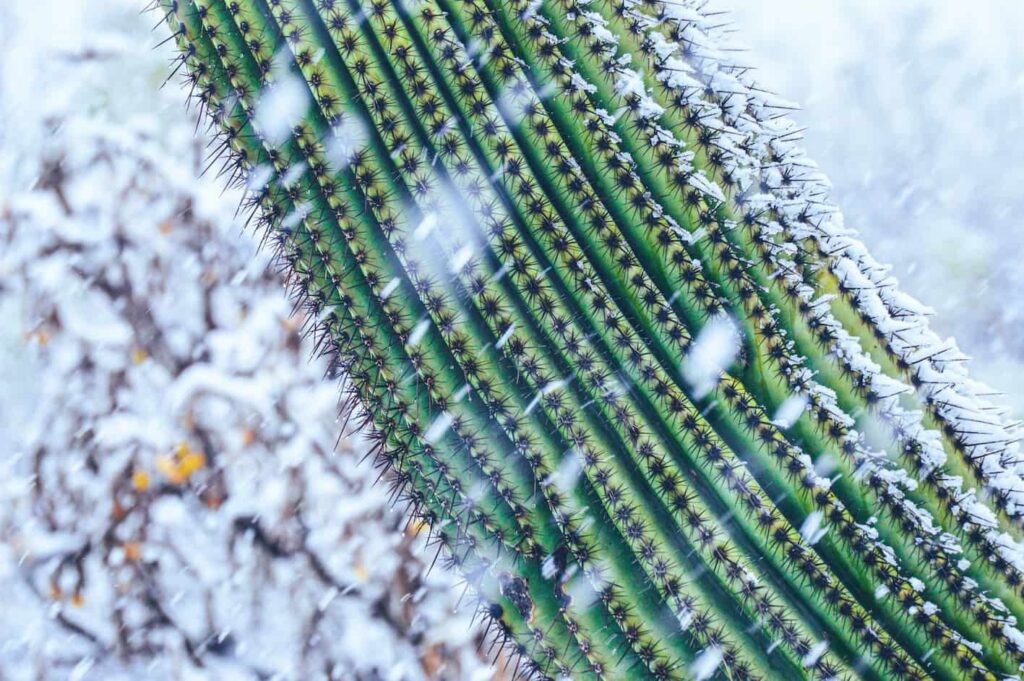
Stress Dormancy
This one’s more desperate. The plant’s not following a seasonal cue, it’s reacting to a resource crisis. It might be:
- Chronically dry soil when the plant expects moisture
- Root rot or root loss, meaning the plant can’t absorb anything even if it wants to
- Starvation from years in depleted potting mix
- Being sun-blasted in extreme heat without enough internal reserves to keep up
From the outside, it might look like seasonal dormancy, but it’s not the same thing. This cactus is fighting for its life.
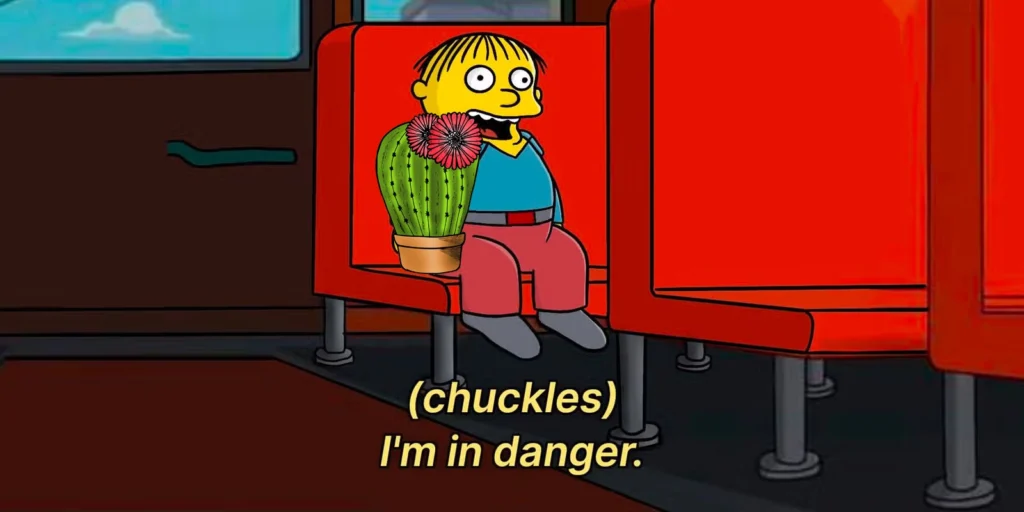
How to Tell Which Is Which
Pretty easy, just ask a few questions:
- Is it winter or early spring? Then routine dormancy is more likely.
- Was the plant actively growing before this? Has it gradually slowed down in sync with the season? Also dormancy.
- Or has it stopped abruptly during the growing season, and stayed static despite warm temps, sun, and a bit of water? Might be stress.
Routine dormancy is harmless and temporary. Stress dormancy means something’s off. If your cactus is stuck in gear long after the season has changed, it might be time to check the roots, the soil mix, or your watering routine.
Okay, now that we’ve cleared that up, here’s what’s actually happening inside during true dormancy.
The Chemistry of Dormancy
Metabolic slowdown (especially photosynthesis)
Most cacti use CAM photosynthesis (Crassulacean Acid Metabolism). We won’t go on a side quest and explain that here, but the important thing to note is that their metabolism is already slow compared to other plants. But in dormancy, they slow even further:
- Stomata stay closed almost all the time, even at night when they’d normally open to collect CO₂. This reduces water loss but also chokes off the photosynthesis process.
- Malic acid storage and conversion gets interrupted or downregulated, so the plant’s internal sugar-making engine drops to idle.
- Respiration slows, ATP production drops, and overall energy use is minimal. It’s not “sleep” but it’s low-power mode.
So if you’re wondering why your cactus isn’t growing even though it “has enough light”, this is why. It’s not about light levels, it’s about internal biochemistry.
Hormonal rebalancing
Dormancy is hormonally enforced, some key shifts include:
Abscisic Acid (ABA) levels spike. This hormone triggers stress responses, keeps stomata closed, and prevents new growth. It basically puts the brakes on everything.
Gibberellins drop. These hormones are responsible for growth (stem elongation, leaf expansion, etc.), so less of them means no active tissue development.
Cytokinins are also suppressed. These regulate cell division and are heavily involved in root growth and shoot activity. With them down, you get very little root development.
Auxins: Their role in dormancy is less well-defined, but in general, auxin transport slows. No active tip growth means auxin flow through tissues drops off.
So don’t worry, the plant is not broken, it’s choosing to shut the door on growth until the conditions improve.
Internal water redistribution
This is subtle but important. A cactus doesn’t just sit there with the same internal water load all winter.
- It pulls water inward toward central tissues, which are better protected and more metabolically active.
- Peripheral tissues (ribs, pads, even root tips) dry out slightly. This reduces the risk of freeze damage or rot.
- Some species visibly “shrink” during dormancy as water is reallocated.
This is why dormant cacti can look wrinkly or slightly deflated, it’s not dehydration in the usual sense, it’s strategic repositioning so the water-filled tissue exposed to the element doesn’t freeze.
Root activity: not zero, just different
Root growth mostly stops, but root function doesn’t.
As long as the soil is above about 10°C (for most species), roots can still absorb a small amount of water and minerals. But without hormonal signals from the shoot to direct active root growth, there’s no expansion happening.
This is why watering during dormancy is such a fine line. A tiny bit of moisture can help prevent tissue desiccation, but too much just sits there and creates rot risk, especially since transpiration has almost completely stopped.
Signs your cactus is dormant
- No visible growth for weeks or months (not even bud swelling)
- Plant looks “static” but still firm
- No root growth after repotting
- Water uptake is minimal (your soil stays damp longer than usual)
- Some species will shrink slightly or change color (e.g. go greyish or reddish—stress pigments)
Dormancy is not the same as disease or decline. You have to get used to just leaving the plant alone because the number 1 mistake people do is assume their dormant cactus is thirsty and give it a big drench and rot the poor sleeping baby.
Waking back up: what to look for
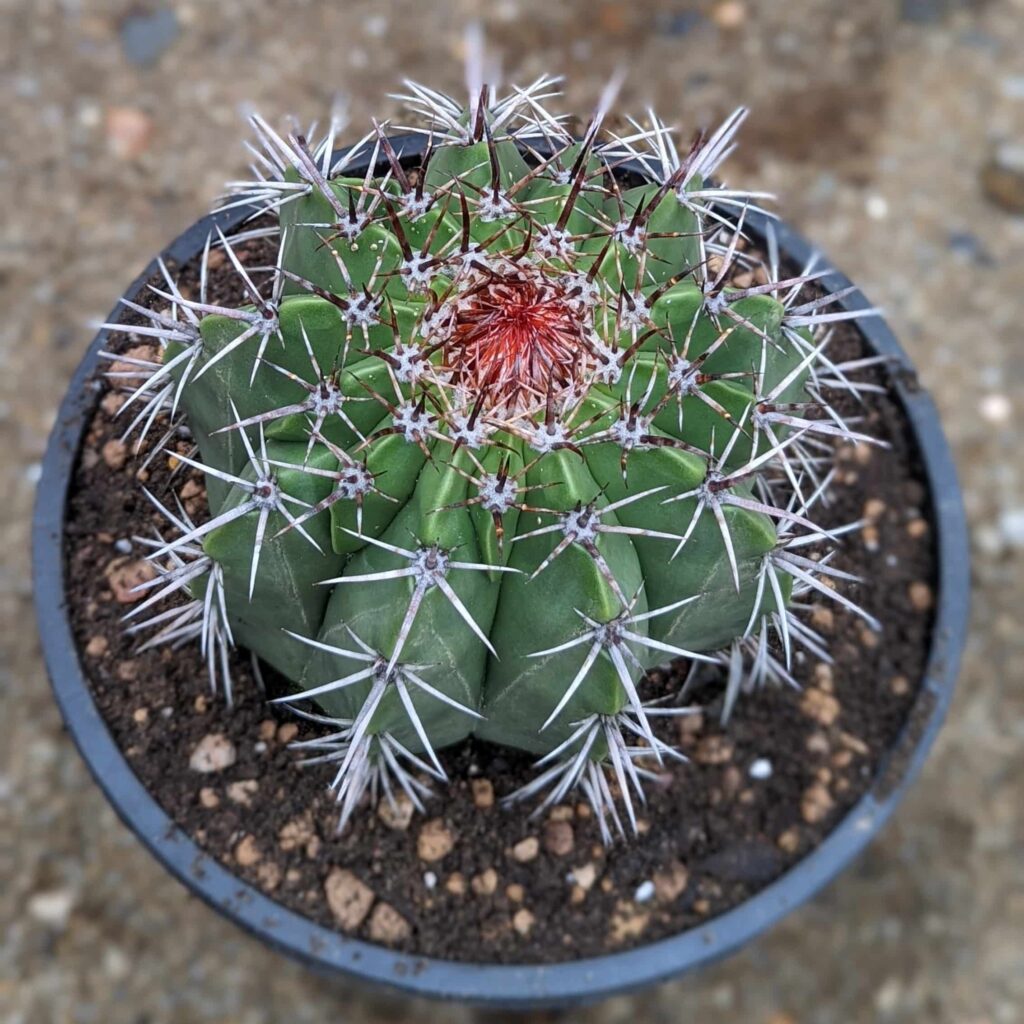
This part is subtle. Cacti don’t just flip a switch and start pumping, they ramp up gradually. Here’s what to watch for:
Swelling or “plumping up”
This usually happens before any visible growth. If your cactus starts looking fuller after a light watering, it’s likely beginning to wake.
Color shift
Some cacti go from a dull matte tone to a fresher green once chloroplast activity resumes.
Bud or tip activation
For species with clear growing points (like Trichocereus), you’ll see a slight swelling at the apex. For globular species, small, fresh spines may start forming at the areoles.
Root reactivation
This is hard to see unless you repot, but if you notice the plant suddenly drinking water more quickly, that’s a good sign the roots are back online.
Note: Plants often begin waking up before the temps have fully normalized. That’s fine. Just don’t force the issue with fertilizer or excess watering. Think of it like stretching before a run, not full movement yet, but prepping.
Should you do anything to “encourage” growth during dormancy?
Short version: no. If you’re confident it’s just routine dormancy then the cactus decides when to start growing again, and you can’t rush that.
But once signs of waking are visible:
- Water lightly to support internal pressure,don’t soak;
- Increase light intensity gradually if they’ve been in low winter light;
- Do NOT fertilize until you have clear signs of new tissue development (growth tips, new spines, pups);
- Wait on repotting or grafting until the plant is fully active.
Just leave them alone, please.
Dormancy is a finely tuned, hormonally orchestrated state designed to protect the plant from stress. And once you understand it, it’s easier to trust the process and stop poking at the plant wondering if it’s broken.
Sometimes the best thing you can do is just leave the cactus alone, stop watering it, and let it be a cactus. Remember, it’s evolved to do this over millions of years, it knows what it’s doing.

